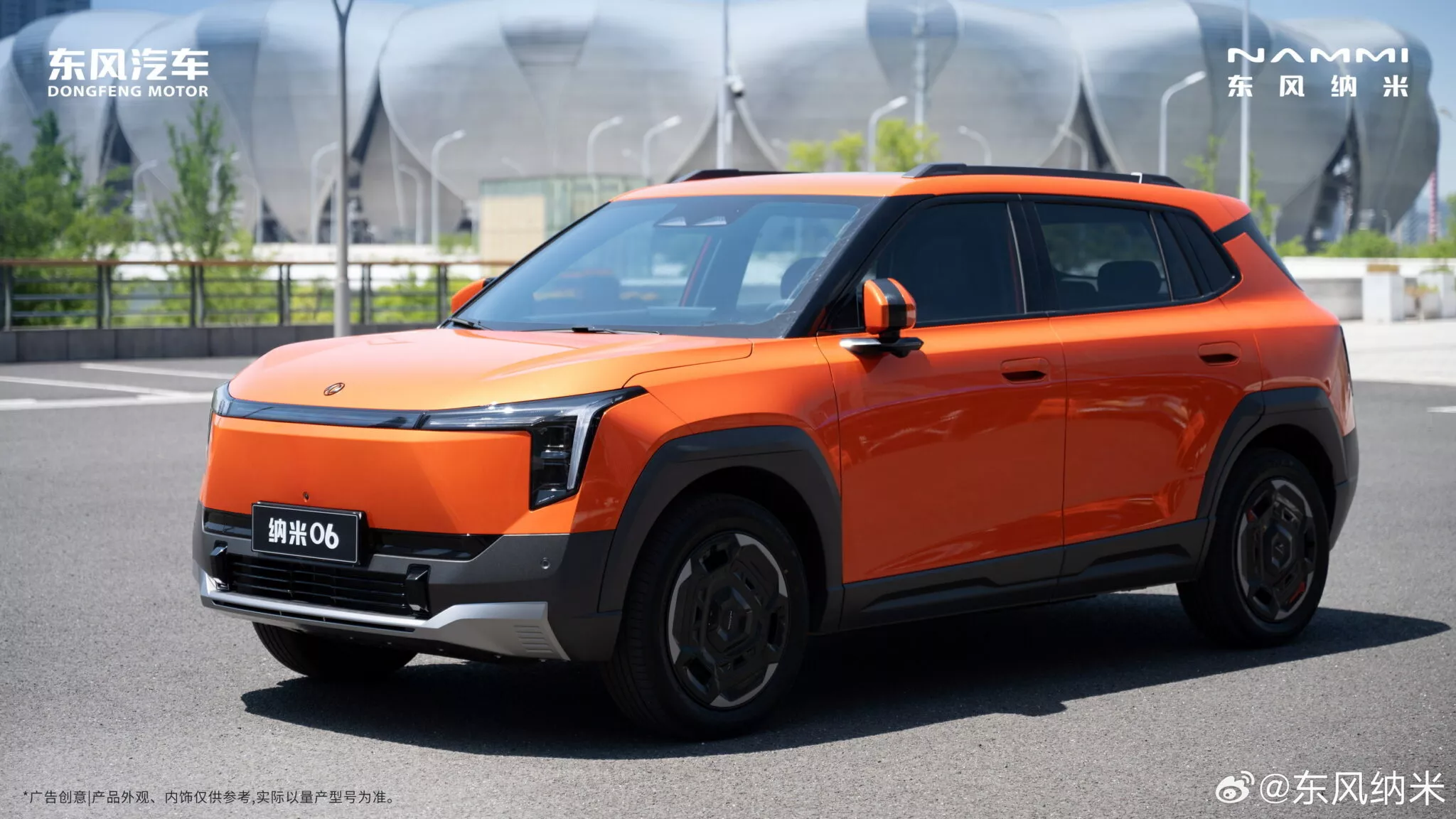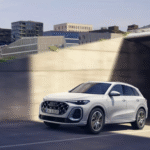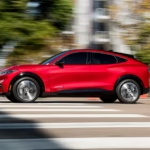The Chinese automotive market has a new electric vehicle (EV) that’s raising eyebrows. Dongfeng, a prominent Chinese automaker, has launched its Nano 06, a compact electric SUV that bears a striking resemblance to Kia’s upcoming EV3.
This release comes at a fraction of the price of the Kia, which has yet to debut in China or the US. This move highlights the competitive and fast-paced nature of the Chinese EV industry, where design cues are sometimes “borrowed” before international rivals can even launch their models.
Design: Striking Similarities and Subtle Differences
The Dongfeng Nano 06 first appeared in April and has now officially hit the order books in China. While it’s not an exact replica of the Kia EV3, the similarities are undeniable.
Familiar Styling Cues
The Nano 06’s angular styling immediately evokes the Kia EV3’s design language. Key features that echo the EV3 include:
- Proportions: The overall stance and body dimensions are notably similar.
- Greenhouse Shape: The design of the window area, or “greenhouse,” closely mirrors that of the Kia.
- LED Headlights: The distinctive LED lighting signature at the front bears a strong resemblance.
- Wheel Arch Cladding: Even the plastic cladding around the wheel arches appears to be inspired by the EV3.
- Alloy Wheels: The 17-inch alloy wheels look as though they could have been pulled directly from Kia’s own design sketches, making the resemblances more than just a coincidence.
Unique Distinguishing Features
To navigate potential intellectual property concerns, Dongfeng has incorporated a few unique design elements into the Nano 06. These include different front and rear bumpers, uniquely sculpted taillights, and a more conventional surface treatment along the sides of the vehicle. One truly original touch is the split tailgate. The lower section of this innovative tailgate can fold down, conveniently doubling as a makeshift table or even a seat when the vehicle is parked. This adds a functional and distinctive element to the Nano 06’s design.
Interior Comfort and Practicality
The interior of the Dongfeng Nano 06 aims to offer both comfort and practicality for its occupants.
Roomy Cabin and Flexible Seating
The Nano 06 promises a fairly roomy five-seat cabin, designed for passenger comfort. A standout feature is its ability to transform into a “sofa-bed” configuration, creating a more relaxed space within the vehicle. This is complemented by a panoramic sunroof, enhancing the sense of openness and light inside.
Smart Storage Solutions
For cargo, the trunk features a versatile three-layer setup, offering a total of 500 liters (17.7 cubic feet) of space. Additionally, a practical “frunk” (front trunk) provides an extra 70 liters (2.5 cubic feet) of storage, perfect for charging cables or smaller items.
Modern Dashboard Layout
The dashboard layout within the Nano 06 will feel familiar to anyone accustomed to contemporary Chinese EVs. It is centered around a prominent 12.8-inch free-standing infotainment screen. Behind a robust two-spoke steering wheel, an 8.8-inch digital instrument cluster provides essential driving information. This setup ensures a modern and user-friendly experience for the driver and passengers.
Dimensions and Performance
The Nano 06 boasts competitive dimensions and a practical electric powertrain.
Size Comparison
The Dongfeng Nano 06 measures 4,306 mm (169.5 inches) in length. Its wheelbase is 2,715 mm (106.9 inches). Interestingly, these dimensions place it just 6 mm longer than the Kia EV3. It also has a slight edge with 35 mm more space between its axles. Despite its compact size, promotional materials suggest the Nano 06 is being marketed as a family-oriented and adventure-friendly option, emphasizing its versatility for various lifestyles.
Electric Powertrain and Range
Underpinning the Nano 06 is Dongfeng’s Quantum Architecture No. 3 platform. The vehicle is powered by a single electric motor that produces 181 horsepower (135 kW / 184 PS) and 290 Nm (214 lb-ft) of torque. Buyers have a choice of two battery sizes: a 44.94 kWh option or a larger 51.87 kWh option. These batteries deliver an optimistic CLTC-rated range of 401 km (249 miles) and 471 km (293 miles), respectively.
The Nano 06 also supports fast-charging, capable of adding 100 km (62 miles) of range in just 5 minutes when connected to a compatible charger.
Market Impact: Price Advantage
The most significant aspect of the Dongfeng Nano 06 is its aggressive pricing strategy, which is poised to disrupt the Chinese EV market.
Unbeatable Price Point
The Dongfeng Nano 06 is listed in China with prices ranging from ¥79,900 ($11,100 USD) to ¥109,900 ($15,300 USD). This makes it incredibly affordable, especially when compared to the Kia EV3, which starts at €35,990 ($40,700 USD) in Germany. The Nano 06 is more than three times cheaper than its Kia counterpart in European markets.
Competitive Landscape in China
While the two vehicles are not yet direct competitors in the same market, the Nano 06’s low price point in China positions it strongly against local rivals. If Kia were to bring the EV3 to China, it would likely need to price it much lower to compete, as evidenced by the larger Kia EV5 starting at just ¥149,000 ($20,700 USD) in the Chinese market.
The Dongfeng Nano 06 is set to directly compete with other popular small SUVs in China, including the BYD Yuan Up, the Wuling Bingo Plus, and the Baojun Yep Plus. This intense domestic competition will drive innovation and affordability in the rapidly expanding Chinese EV sector.








